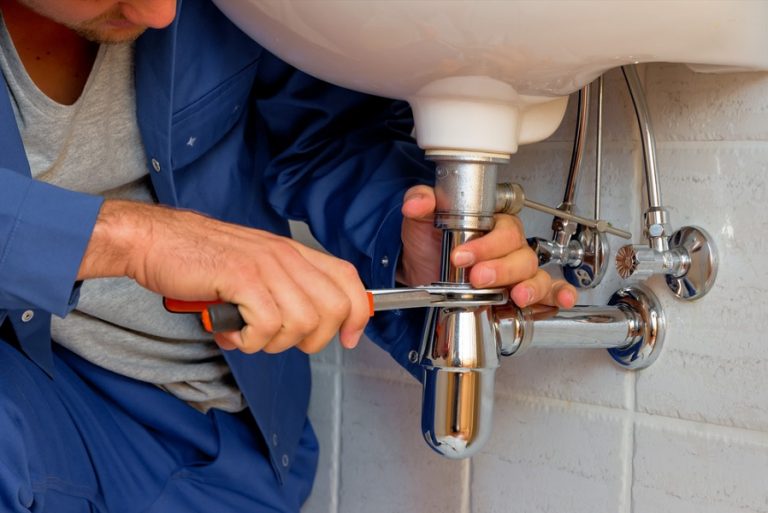Simple Ways You Can Detect Plumbing Leakages in Your Home
Leakages can be anywhere in your home, under the ground, behind wall surfaces, in roofs and in every pipeline you can see with your eyes. That consists of all the sinks, drains, bathtubs, showers and lavatories in your home.
What most property owners may not know is that every drop that makes it out of that pipeline prior to its destination suggests possible future damages to residential property in the form of rot, flooding and degeneration. This is why it is critical to call for assistance from water leakage Singapore professionals when a leak is suspected.
Washrooms
Check for peeling paint and wallpaper both on the interior and outside walls next to the restroom. This is normally due to a continual passage of water though the caulk between the tiles, specifically for tubs affixed to the wall on any side. The water quickly moves into the connected wall, loosening the bonds connecting paint and wallpaper to the wall, later leading to the peeling of both.
Loosened components
Watch out for loosened or dropping wall porcelain tiles on the wall beside the shower/bathroom. Even though loose porcelain tiles on the wall surface attached to the tub can develop because for lots of reasons, one of the most common causes is water seepage. Routine leaking from the shower drape exposes the tiles to water which permeates through the grout and caulk and loosens them gradually.
Mould development
You can also look for constant mould development in certain places of the shower room, especially those next to the bathtub/shower pan. Moulds and mildew are known to thrive in dark areas with wetness and a restroom with leaking pipes is absolutely one such area. If you find any that are regularly growing, they are a sign of feasible leaks someplace.
Discolorations
Discolorations on the ceiling directly below the bathroom are one more aspect that ought to be simple to watch out for. As water constantly leakages via washroom pipes or slides far from the shower drape surface onto the flooring, it makes its way via floor ceramic tiles and joists and later appears as a dark moving discolor on the ceiling below.
Check the joints
If you also discover crinkled and loosened floor covering alongside the bath tub or the shower, be warned of a possible water leakage, most likely one from the bathtub or shower curtain/wall. Water quickly leaks through the floor tiles and loosens them with time.
Look for area between the bathtub and flooring due to spaces in the caulk. With constant exposure to leaking water, the caulk between the tub and the flooring undertakes regular disintegration, leading to voids that allow water through to the bottom of the floor under the tub.
If you suspect a leakage anywhere in your plumbing system, contact an expert to make a fixing immediately. Do not wait up until it gets worse and you end up with a genuine mess on your hands!
